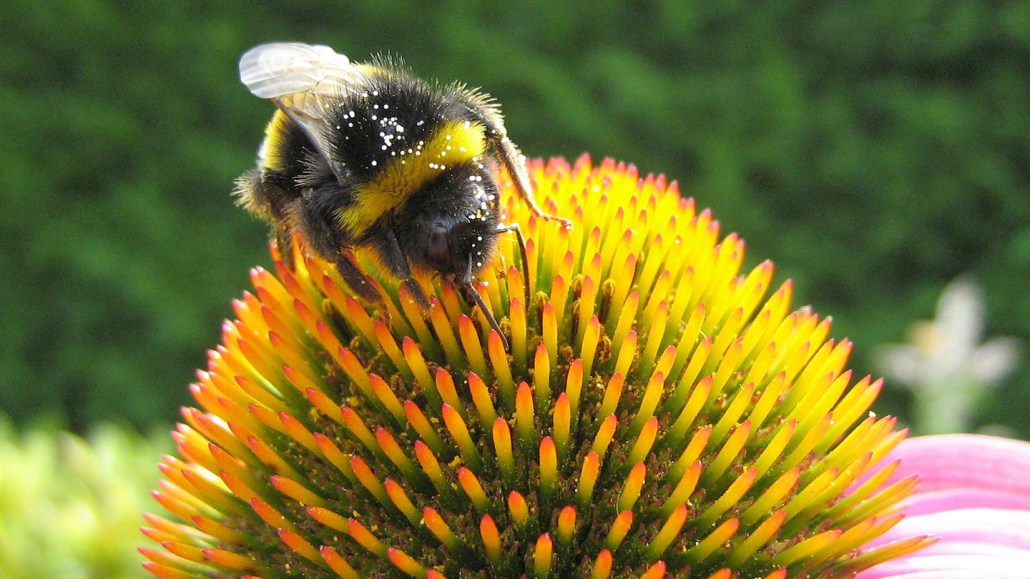Flower shape and size impact bees’ chances of catching gut parasites
Parasite transmission was lower when the insects landed on long, narrow flowers

Bumblebees are more likely to contract a gut parasite when they land on coneflowers (pictured) and other short, wide flowers compared with long, narrow flowers like phlox.
Johan/Wikimedia Commons (CC BY-SA 3.0)